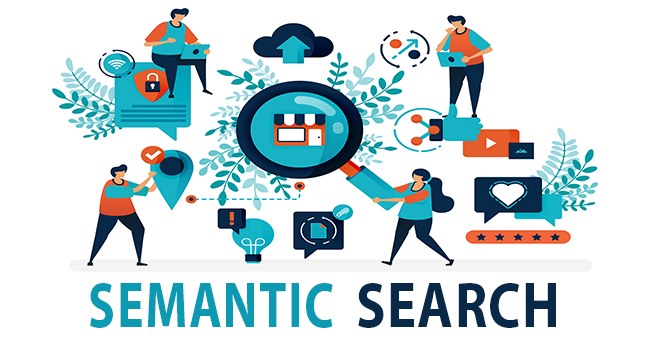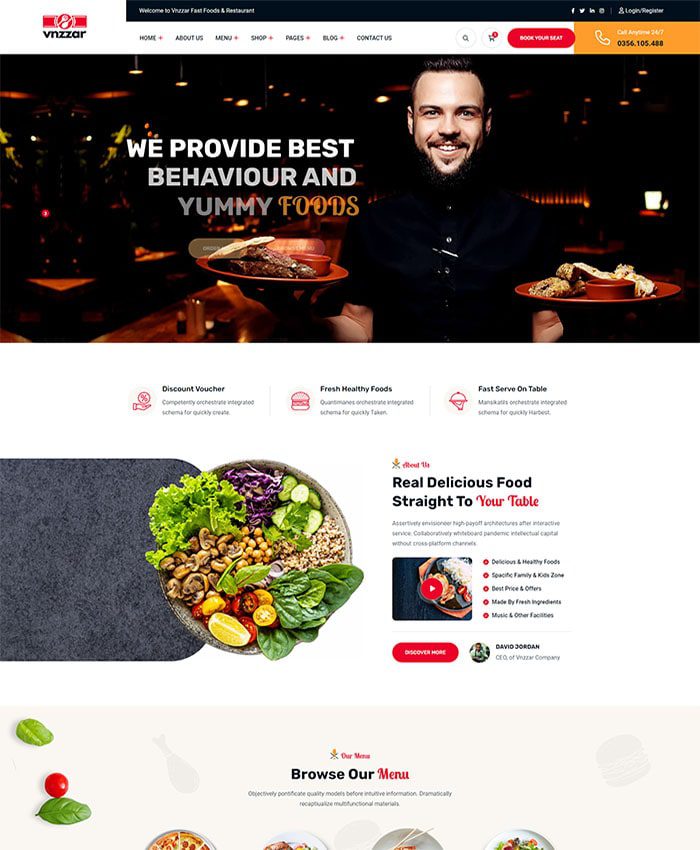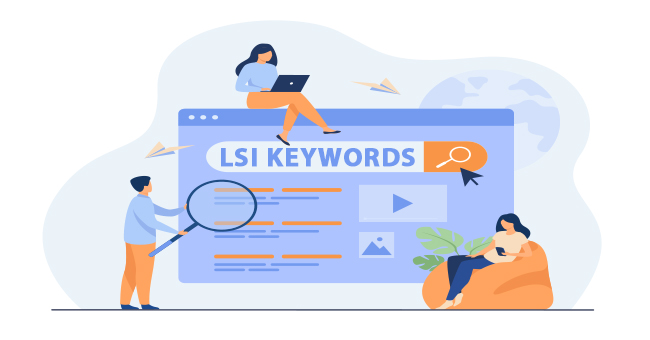What is Semantic Search? This is a question that any SEO and content creator who wants to rank high on Google cannot ignore. The Semantic Search algorithm is Google’s “improvement” to bring the most accurate search results to users. So specifically what is Semantic Search, why is it necessary for SEO as well as how to optimize Semantic SEO effectively. Let’s find out now!
1. What is Semantic Search?
Semantic Search (Semantic Search) refers to the search engine returning the most accurate, personalized search results based on user intent and query context.
It can be said that Semantic Search makes web browsing more complete, it understands almost exactly the user’s search needs. Instead of simply matching keywords with pages like before.
- So how does Semantic Search work?
Semantic Search allows Google to interpret the user’s search intent, thereby providing the most perfect experience based on many factors such as:
– User location
– User search history
– Global search history
– Spelling variations
When you search Search for the keyword “vegetarian restaurant” on Google, Google’s Semantic Search algorithm provides you with a list of nearby restaurants.
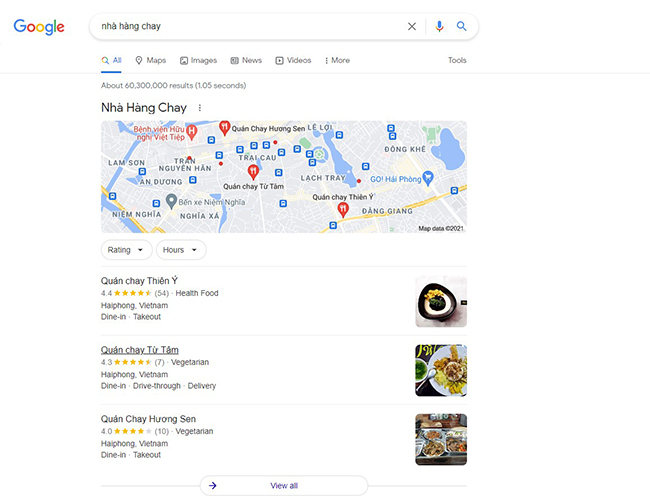
At the same time, through bounce rate, conversion rate, … Semantic Search algorithm can improve user satisfaction, helping to better match keywords and pages. Therefore, Semantic Search is closely linked to Machine Learning, which uses historical data and trial-and-error patterns to improve the user experience.
2. How does Semantic Search affect SEO?
2.1 Users are shifting to Voice Search
The rise of Voice Search is one of the main reasons for the growth of Semantic Search, especially Mobile Voice. Optimizing for Voice Search is different from regular SEO because it requires your content to be more to the point (with intent-based searches) and more conversational and natural.
- How to optimize Semantic SEO:
Answer the user’s question clearly and concisely at the beginning of the article before going into a more detailed and specific analysis of the problem.
Don’t forget to use structured data to help search engines better understand the topic and context of your article.

2.2 Switch to focusing on topics instead of keywords
It’s time to stop building content that focuses solely on keywords. Instead, go deeper into topics within your niche. This creates more comprehensive, unique, high-quality resources.
- How to optimize Semantic SEO:
Instead of creating many short articles, each page has its own sub-topic, consider building more comprehensive, in-depth articles that make users feel valuable.
2.3 Prioritize Search Intent
Keywords are an indispensable part of the SEO process. Currently, keyword stuffing is no longer effective. Instead, the Semantic Search algorithm looks at the keywords searched for with the aim of determining “search intent.”
By examining the queries that lead your target customers to your website, you will have a series of ideal topics for your articles.
- How to optimize Semantic SEO:
Make a list of keywords and categorize them according to user intent.
For example, with the query “Compare iPhone 12 and 13”, users intend to research the product
But with the query “Where to buy iPhone 13”, users have shown purchase intent.
Once you have a list of keywords, create content that directly addresses your customers’ problems instead of broad topics.
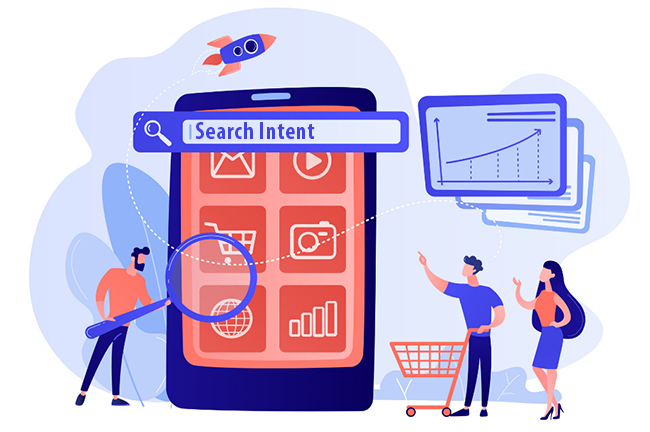
2.4 SEO techniques are as important as Content
You need to optimize your website so that Google understands your content better. Some aspects to note are:
- Keywords:
Use content analysis tools to mine popular keywords and relevant long-tail keywords. Place keywords naturally in title tags, URLs, content, meta, headings.
- Link building:
Backlinks from authoritative websites are still one of the important web ranking signals. Use internal linking structure to navigate customers to your other valuable content.
- Structured data:
Use Schema markup to help customers find your business and search engines index your website.
- Website speed:
Optimize capacity, compress images, take advantage of browser caching and follow Google’s checklist to optimize website speed.
2.5 Focus on user experience
User satisfaction is the most important goal in the “new era” Semantic Search. Google cares about user satisfaction and regularly adjusts its algorithm to better understand their intentions. Therefore, SEOs should focus on UX.
- How to optimize Semantic SEO:
Regularly improve page speed, optimize your website for mobile devices, track website metrics such as bounce rate, average session duration, etc.
If you want more advice on Semantic Search and optimize your SEO strategy. Contact Adsmo now for specific advice.
See more:
Contact ADSMO now – INFORMATION TECHNOLOGY & MARKETING solution, providing customized Enterprise Software solutions, consulting on building digital platforms with the mission:
TOTAL solution, Developing BREAKTHROUGH development – Optimize COSTS – Increase PROFIT. We are committed to bringing you:
- Management solutions tailored to your business needs.
- Easy-to-use and effective systems.
- Professional customer support services.
Contact ADSMO now for free consultation:
- Address:8th Floor, HD Tower Building – 22 Pho Moi – Thuy Nguyen Ward – City. Hai Phong
- Website: https://adsmo.vn
- Email: info@adsmo.vn
- Hotline: 0356 105 388


